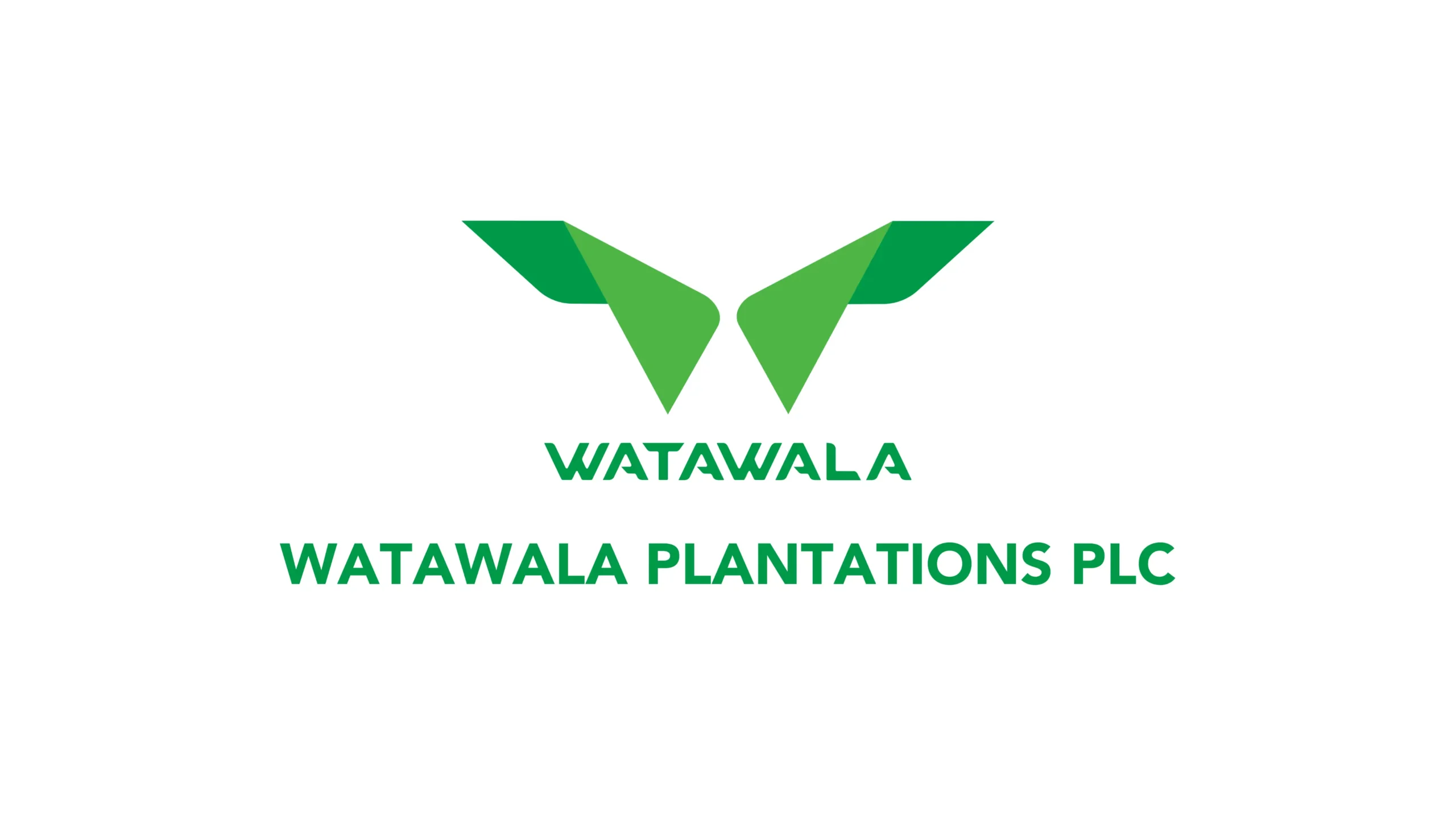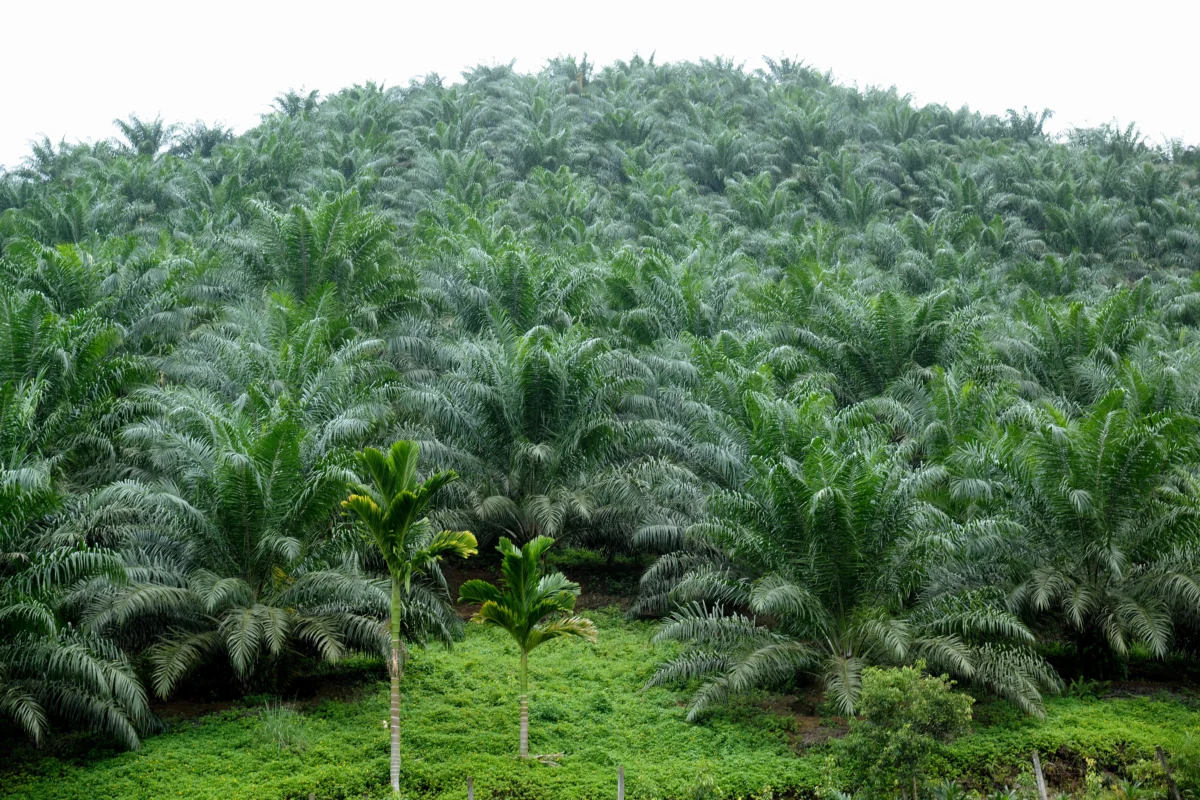
Plantation
about us
Hands-On EarthBuilding a Sustainable Future
As a joint venture between Sunshine Holdings and Pyramid Wilmar Plantations Pvt Ltd, we are a diversified agribusiness company with a strong focus on oil palm and dairy operations. We employ over 1,500 people and have won accolades for our responsible agricultural practices and high managerial standards.

about us
Hands-On EarthBuilding a Sustainable Future

As a joint venture between Sunshine Holdings and Pyramid Wilmar Plantations Pvt Ltd, we are a diversified agribusiness company with a strong focus on oil palm and dairy operations. We employ over 1,500 people and have won accolades for our responsible agricultural practices and high managerial standards.

Sustainability & Best Practices
Bridging Worlds People, Planet, Purpose
Watawala is committed to the preservation of human rights and the environment by ensuring full compliance with processes and procedures across all our operations.
We have obtained key global certifications that validate our sustainability journey, and we continue to uphold international best practices through strict adherence to policies, agricultural standards, and industry regulations.
faq
Cultivating Clarity
Is oil palm an environmentally harmful crop
There are no specific adverse effects to the environment from oil palm. It’s a plantation crop similar to tea, rubber or coconut with inputs like water and fertiliser differing in smaller scales to each crop type. Oil Palm is basically like a coconut tree.
The fact that oil palm is a harmful environmental crop is a notion largely associated with Malaysian and Indonesian oil palm plantations which have planted oil palm in lands deforesting natural forests. However, this doesn’t apply to the Sri Lankan context at all.
Is it true that oil palm plantations significantly affect the water table or erode the quality of freshwater streams
- To produce raw Rubber 1 MT – 32,410 m3 water
- To produce crude Palm oil 1 MT – 19,148 m3 water
Has WPL converted diverse, virgin forest ecosystems into oil palm plantations
No. All oil palm plantations of WPL were initiated in blocks where either rubber or tea was planted previously. WPL owns legal ownership to these lands and the right to plant any agricultural crop within the boundary. No oil palm trees are planted beyond these boundaries.
In addition, WPL has identified blocks of shrub-like areas, abandoned for a few years, to be left to grow naturally as secondary forests to improve biodiversity.
Why has this foreign crop been introduced to Sri Lanka so recently
The fact that it was recently introduced is a misconception. Compared to other agricultural crops like tea, rubber and coffee, oil palm is newer. M. Jerry Wales, a European Planter, commenced the cultivation of oil palm in Sri Lanka in 1968 at Nakiyadenia Estate by planting 68 oil palm plants covering an area of 0.50 Ha. Since then, oil palm cultivation has rapidly increased throughout the Low Country Wet Zone of Sri Lanka, as it was seen as an economical and profitable crop. And with the degradation of the rubber market, oil palm cultivation improved due to its high economic factor.
Comparative profit data as at 2021 is as follows.
|
Crop |
Coconut |
Tea |
Rubber |
Oil Palm |
|---|---|---|---|---|
|
Price of 1 nut/ 1kg (Rs.) |
55 |
550 |
300 |
50 |
|
COP (Rs.) |
15 |
520 |
280 |
15 |
|
Productivity (nuts/ kg per hectare) |
7,000 |
1,500 |
1,000 |
18,000 |
|
Profit (Ha/Rs./Year) |
280,000 |
45,000 |
20,000 |
630,000 |
Is oil palm a threat to Sri Lankan biodiversity
As this has been a highly concerning factor, WPL conducted a High Conservation Value assessment and a freshwater species survey in the region. The results indicated that there are various types of species that reside in the region.
Ex. HCV assessment results
|
Types of species |
Quantity found |
|---|---|
|
Critically endangered |
02 |
|
Endangered |
05 |
|
Vulnerable |
08 |
|
Near threatened |
07 |
|
Least concern |
26 |
The freshwater species survey also points to endemic species found in the area.
Does oil palm cause soil compaction
According to the study “Soil Compaction and Oil Palm (Elaeis guineensis) Yield in a Clay Textured Soil” published in the American Journal of Agricultural and Biological Science (January 2010, Vol. 5, Issue 1), the results showed a beneficial effect of soil compaction on the oil palm yield.
Oil palm significantly increased the yield with increased soil bulk density. The transportation frequency played a greater role than the trailer weight. After six years of soil compaction, there was a positive relationship between mean soil bulk density, porosity, and oil palm yield. As such, compaction may not often be a problem.
Compliance
We have obtained ISO 45001 (Occupational Health and Safety) certification and the RSPO certification, confirming our adherence to rigorous international benchmarks and defined best practices. Treated wastewater from the Nakiyadeniya oil palm mill provides moisture, nutrients, and organic matter to the soil, reducing the need for chemical fertilisers. The discharged water is checked against Central Environment Authority (CEA) thresholds to minimise the risk of groundwater pollution and disturbance to aquatic life.


